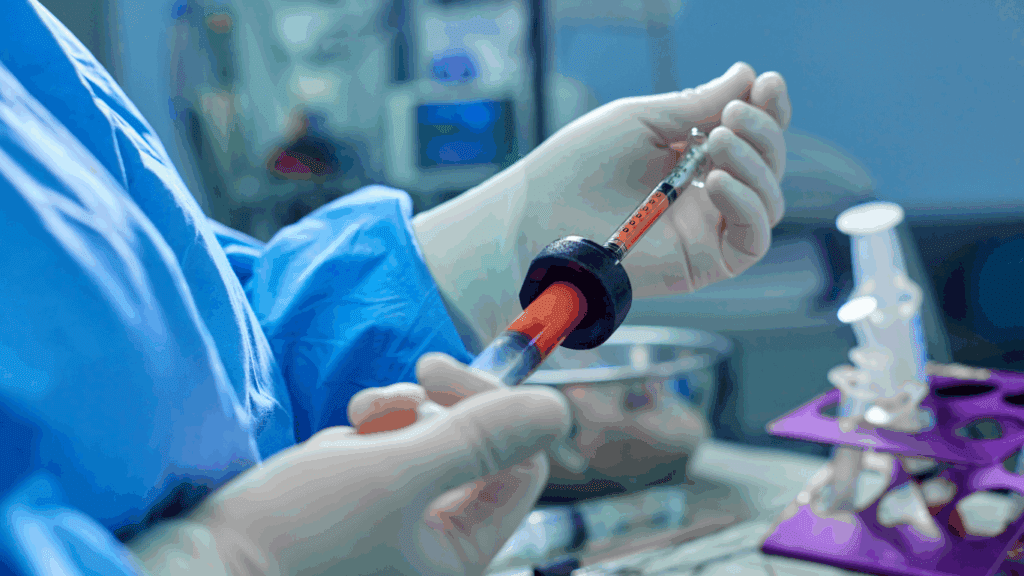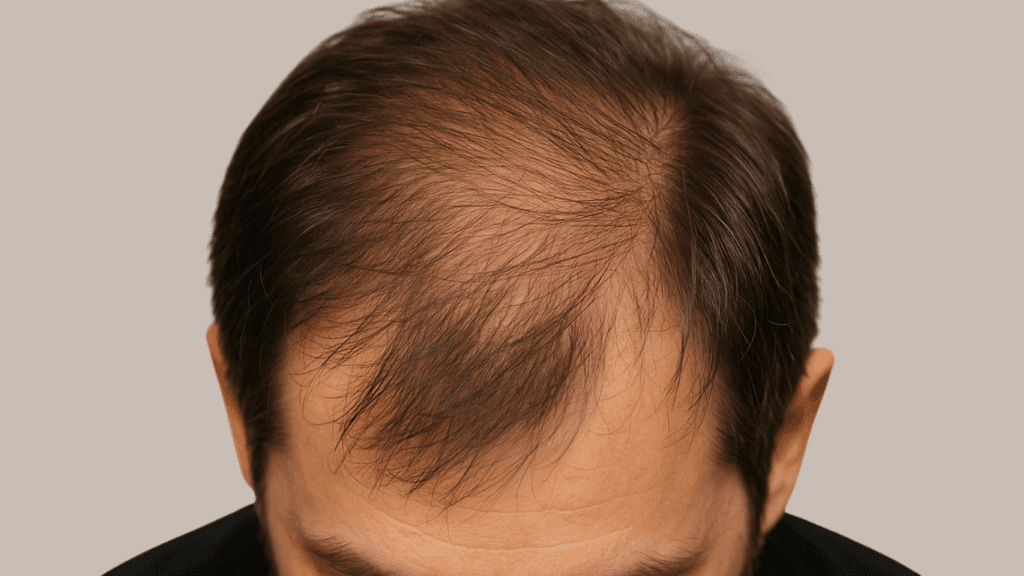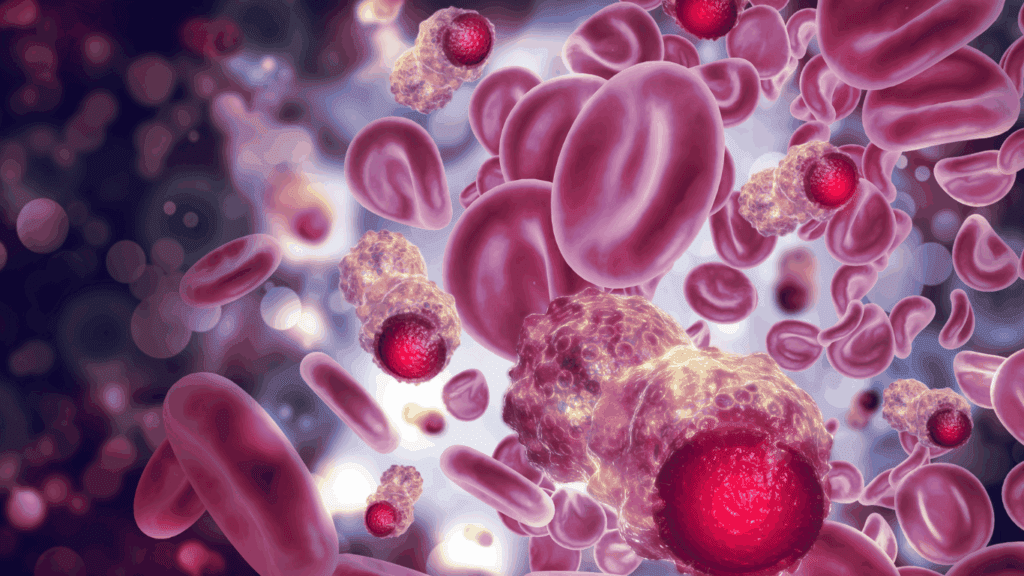Introduction
Is it possible to regenerate hair without undergoing surgery? For millions dealing with hair thinning or early-stage alopecia, the idea of hair regrowth without a transplant sounds revolutionary. Thankfully, advancements in regenerative medicine have introduced groundbreaking non-surgical treatments like nanofat and stem-cell-based hair restoration. These cutting-edge therapies use the body’s own healing powers to awaken dormant follicles, stimulate scalp regeneration, and promote natural hair growth.
In this article, we explore the science behind nanofat hair regeneration, how it compares to other treatments like PRP and exosomes, and why it’s gaining popularity among both doctors and patients.
What Is Nanofat and How Is It Used in Hair Restoration?
What is nanofat?
Nanofat is a processed form of fat derived from a patient’s own body. Unlike traditional fat grafts, nanofat is mechanically emulsified and filtered to remove fat cells, leaving behind a potent liquid rich in stromal vascular fraction (SVF), mesenchymal stem cells (MSCs), growth factors, and cytokines.
How does nanofat help with hair loss?
Nanofat delivers a biological boost directly to the scalp. Its rich cellular content stimulates the regeneration of damaged hair follicles, enhances blood circulation, and creates a healthier microenvironment for hair to grow. This makes it an excellent option for individuals who are not ready for surgery but want a powerful regenerative treatment.
How is it prepared?
Nanofat is typically harvested through a small liposuction procedure, often from the lower abdomen or thighs. The fat is then mechanically processed using systems like the Adinizer, which breaks down the fat into fine particles and isolates regenerative components.

The Science Behind Stem Cells and Hair Regrowth
What role do stem cells play in hair restoration?
Stem cells are the architects of regeneration. In hair restoration, mesenchymal stem cells (MSCs) derived from fat (adipose tissue) support the reactivation of dormant hair follicles. They release signaling molecules that reduce inflammation, promote angiogenesis (new blood vessels), and stimulate cellular repair.
Are all stem cell sources equal?
No. A recent comparative study led by Dr. John Cole evaluated five different adipose-processing methods (Adinizer, Nanofat, Lipocube, HCells, Microlizer) and concluded that Adinizer-derived nanofat showed the highest levels of viable, high-quality MSCs expressing key regenerative markers like CD105+, CD90+, CD34+, and CD73+.
Why is this important?
The presence of these markers is linked to effective hair follicle regeneration. The higher the quality and concentration of MSCs, the better the chances of triggering meaningful hair growth.
Nanofat vs PRP vs Exosomes: What’s the Difference?
Is nanofat better than PRP?
While Platelet-Rich Plasma (PRP) has been widely used for years, it primarily delivers growth factors without live stem cells. Nanofat, on the other hand, includes live regenerative cells, making it a more robust solution for tissue and follicle repair.
How do exosomes compare?
Exosomes are nanoparticles secreted by cells that carry signaling molecules. They are excellent for communication between cells but do not contain any cells themselves. When used in combination with nanofat, they can amplify the regenerative effect.
Quick Comparison:
| Treatment | Key Component | Regeneration Level | Best For |
|---|---|---|---|
| PRP | Growth factors (from blood) | Moderate | Early-stage hair loss |
| Exosomes | Cell messengers (no cells) | High (signaling) | Boosting post-treatment response |
| Nanofat | Live MSCs + growth factors | Very High | Moderate to advanced hair thinning |
How Nanofat Hair Restoration Works (Step-by-Step)
What does a nanofat procedure involve?
The procedure is minimally invasive and usually completed in under 90 minutes.
Step-by-step process:
- Harvesting: Small-volume liposuction under local anesthesia.
- Processing: Emulsification using devices like Adinizer to extract nanofat and SVF.
- Injection or microneedling: Application into the thinning scalp areas.
- Post-care: Patients are advised to avoid sun, heat, or washing for 24 hours.
Is it painful?
Most patients report mild discomfort during the harvesting process, but the scalp injections are generally well tolerated with topical or local anesthesia.

Who Is a Good Candidate for Nanofat Hair Regeneration?
Can anyone undergo nanofat treatment?
Nanofat is suitable for a wide range of patients, particularly those in the early to moderate stages of hair loss. It’s also beneficial for individuals who have undergone hair transplants and want to enhance survival and growth rates.
Ideal candidates:
- Men and women with androgenetic alopecia
- Patients with telogen effluvium or stress-related shedding
- Individuals seeking non-surgical alternatives
- Post-transplant patients looking to optimize outcomes
Who should avoid it?
- Pregnant or breastfeeding women
- Patients with active autoimmune scalp conditions
- Individuals with bleeding disorders or recent cancer history
What Results Can Patients Expect?
When will hair start to grow?
Most patients notice visible improvements within 3 to 6 months post-treatment. These include increased density, healthier scalp condition, and a higher percentage of hair in the anagen (growth) phase.
How many sessions are needed?
While a single session can yield results, many clinics recommend a series of 2–3 treatments spaced 4–6 months apart for optimal outcomes.
Are results permanent?
Regenerative treatments stimulate natural growth but do not change genetic predispositions. Maintenance sessions every 12–18 months can help sustain results over time.

Conclusion
In the evolving field of hair restoration, nanofat and adipose-derived stem cells offer a powerful, non-surgical alternative backed by real science. By utilizing the body’s own regenerative cells, this method provides a safe, effective, and innovative option for patients who want to combat hair loss naturally.
Whether used alone or in combination with exosomes or PRP, nanofat therapy is transforming how we approach hair regeneration. As more clinics adopt this method, it’s crucial for patients to seek providers experienced in regenerative medicine and cell-based therapies.
Ready to explore non-surgical hair treatments? Browse top-rated clinics offering nanofat hair restoration on TopHairLossClinic.com and take your first step toward natural hair regrowth.

